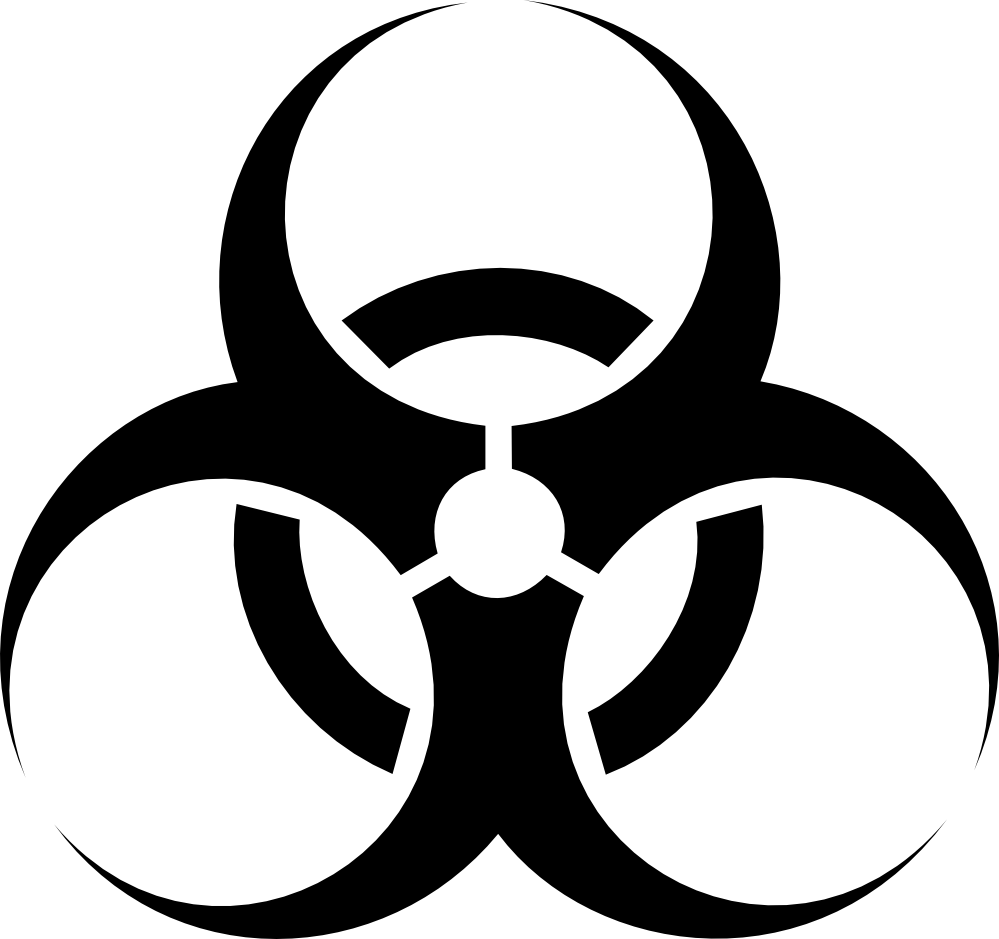Resources with keywords: parasites
Courtney AP, Boyanton BL Jr., Strebeck PV, et al.
After 20 years without locally acquired mosquito-transmitted malaria in the United States, nine cases were reported to CDC during May–August 2023.
This website includes print resources for healthcare provides and links to WHO and PAHO
This report summarizes the epidemiology of and risks for infection with TBE virus, provides information on the immunogenicity and safety of TBE vaccine, and summarizes the recommendations of the ACIP for use of TBE vaccine among U.S. travelers and laboratory workers.
Arthofer P, Panhölzl F, Delafont V, et al.
Naeglerivirus infection was lethal to all Naegleria species tested, including the human pathogen N. fowleri. This study expands our experimental framework for investigating giant viruses and may help to better understand the basic biology of the human pathogen N. fowleri.
Robertson LJ, Havelaar AH, Keddy KH, Devleesschauwer B, Sripa B, Torgerson PR
Here, we argue why this parasitic infection should be included in the new estimates of the health burden of foodborne diseases. Growing evidence indicates that foodborne transmission of T. cruzi occurs as commonly as vector-borne infection. Moreover, foodborne infection results in considerably more severe disease than vector-borne infection, with higher mortality and greater symptom severity, particular in the acute phase.
Takamiya NT, Rogerio LA, Torres C, Leonel JAF, Vioti G, de Sousa Oliveira TMF, Valeriano KC, Porcino GN, de Miranda Santos IKF, Costa CHN, et al.
The PCR assay developed here differentiates Leishmania infantum and Crithidia sp. LVH60A parasites with the ability to detect and estimate parasite load in samples from different hosts involved in infection (human, animal, and experimental) and can be used for epidemiological studies, parasite load monitoring, and therapeutic follow-up. Samples analysed in this study included human bone marrow and peripheral blood, as well as for the spleen and liver samples of dogs and hamsters


